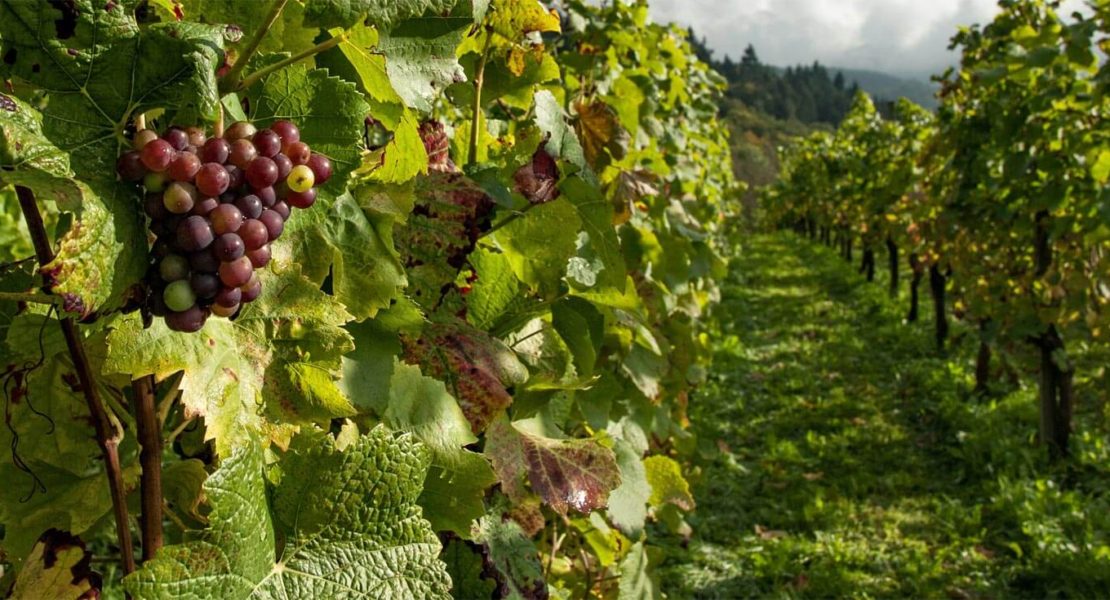Fruit picking is almost a rite of passage for backpackers in Australia. Rural work is baked into the structure of the country’s Working Holiday Maker program, with the extension of both the 417 and 462 visas requiring the completion of “specified work“, almost all of which is found beyond city limits.
The casual and short-term nature of fruit picking jobs make it particularly attractive for backpackers usually looking to tick the boxes of their visa while topping up their travel purses. And if you get to see a part of Australia that you otherwise wouldn’t have, all the better!
Piece rate pay for harvest work
Historically, pay for fruit pickers has been based on a piece rate. In short, the more fruit you pick, the more money you earn. For some particularly fit and talented pickers this was a great deal, allowing them to earn really decent money.
For others, however, the piece rate could result in being paid not much at all, and not for a lack of trying. In a country that has strong labour laws, and that has often boasted the highest nationally regulated minimum wage in the world, the fruit picking piece rate was always a bit of an outlier.
Until a decision to change the rules was laid down in November 2021.
A seismic shift for farmers and fruit pickers
On the 3rd of November 2021, Australia’s Fair Work Commission handed down a landmark ruling. It found that “the existing pieceworker provisions in the Horticulture Award are not fit for purpose,” because “They do not provide a fair and relevant minimum safety net as required by the Fair Work Act.”
In other words, fruit pickers weren’t being paid enough.
The solution was to implement a minimum hourly rate that every picker would be entitled to, based on the casual horticulture award rate. It was also announced that farmers were still able to pay piece rates, but that those rates couldn’t fall below the relevant minimum rate. They must also allow the ‘average competent employee’ to earn at least 15% more per hour than the minimum rate.
The Australian Workers’ Union, who instigated the claim, described the result as one of the greatest victories in their 135-year history.
“Fruit pickers in Australia have been routinely and systemically exploited and underpaid. From now on if you’re making less than $25 an hour fruit picking in Australia, your boss is breaking the law and stealing from you,” the union said at the time.
How much can I earn fruit picking in Australia?
So how much will a backpacker now earn if they choose a banana picking job or blueberry picking job in Australia?
The Australian minimum wage system is a complex beast. The minimum wage changes depending on a number of factors, including your age, the industry you work in, the particular type of work you’re undertaking and whether you’re employed on a full-time or casual basis.
The complete spectrum of minimum wages are also reviewed in July every year by the Fair Work Commission, who adjusts the figures in line with inflation and other factors.
At the time that the landmark ruling was turned into law, on the 28th of April 2022, the minimum award rate for a casual worker in the horticulture industry was set at $25.41/hour. You can find the current rate by visiting the Horticulture Showcase page of the Fair Work Ombudsman website.
It bears repeating that this figure represents the minimum that a casual fruit picker can now earn in Australia. Because farmers need fruit pickers to work as efficiently as possible, many will continue to offer piece rates to their workers as an incentive to work harder.
In these cases you can expect to earn at least 15% more than the minimum wage if you’re what the legislation describes as an ‘average competent employee.’
What fruit can I pick in Australia?
The sheer size of Australia means that the country offers a climate to suit almost every type of fruit and vegetable. From the cool, apple-filled valleys of Tasmania to the mango-rich coasts of Far North Queensland, the opportunities to pick fruit (and vegetables) are almost endless.

Let’s take a very brief, state-by-state look at some of the most popular Australian fruit and veg crops, and what time of year they are picked. For a full breakdown of Australia’s fruit picking seasons, check out our harvest guide.
- Queensland: Mangoes (November-February), bananas (December-January)
- New South Wales: Asparagus (September-December), stone-fruit (December-March)
- Victoria: Berries (November-February), grapes (February-April)
- Tasmania: Grapes (February-April), apples (March-May)
- South Australia: Grapes (February-April), citrus (May-January)
- Western Australia: Melons (April-November), grapes (January-March)
- Northern Territory: Mangoes (October-November), bananas (year round)
The establishment of a definitive horticulture minimum wage means that fruit picking in Australia is a more enticing and rewarding job opportunity than it has ever been before. And given the amount of food that needs to be picked, there is a constant stream of work available to those who are willing and able to do it.
If you’re looking to top up your travel finances, if you have the necessary levels of physical fitness, and if you’d like to see an unadulterated slice of outback Australia, fruit picking might just be the job for you.

